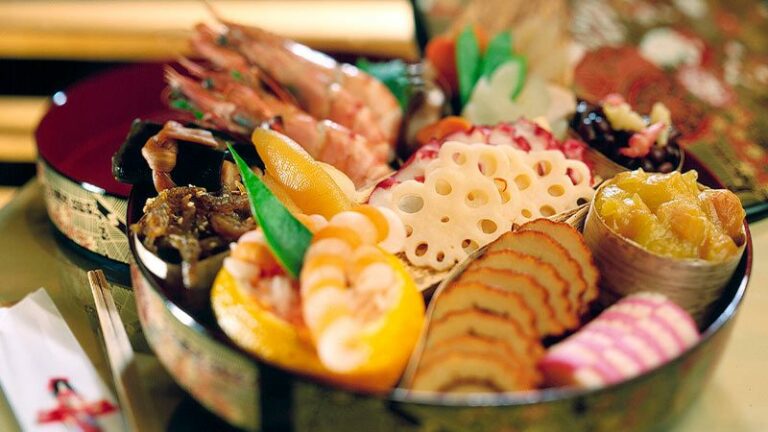Introduction: Luxembourg’s culinary scene
Luxembourg, a small landlocked country in Western Europe, is known for its cultural diversity and rich culinary scene. Luxembourgish cuisine is a blend of German, French, and Belgian influences, with a touch of local flavor. The country’s cuisine is heavily influenced by its neighboring countries, especially France, Belgium, and Germany.
Luxembourgish cuisine is characterized by hearty meat dishes, potatoes, and vegetables. The country is also famous for its cheese and wine. Luxembourg is home to several Michelin-starred restaurants, which offer exquisite dishes that reflect the country’s unique culinary heritage.
Historical background: Neighboring influences
Luxembourg has been influenced by its neighboring countries for centuries. The country has been invaded and ruled by various European powers, including France, Belgium, and Germany. As a result, Luxembourgish cuisine has evolved over time to reflect the influences of its neighboring countries.
French, Belgian, and German influences are evident in Luxembourgish cuisine, from the use of herbs and spices to the preparation of meat dishes. Luxembourgish cuisine also features French-style sauces, Belgian-style waffles, and German-style sausages.
French influence: A gastronomic neighbor
France has had a significant influence on Luxembourgish cuisine, particularly in the use of herbs and spices. French-style sauces, such as béchamel and hollandaise, are widely used in Luxembourgish cuisine. French-style pastries, such as croissants and éclairs, are also popular in Luxembourg.
French cuisine has also influenced the way meat dishes are prepared in Luxembourg. Beef bourguignon, a classic French dish, is a staple in Luxembourgish cuisine. French-style chicken dishes, such as coq au vin, are also prevalent in Luxembourg.
Belgian influence: A shared culinary heritage
Belgium has a shared culinary heritage with Luxembourg, which is evident in the country’s cuisine. Belgian-style waffles and chocolates are popular in Luxembourg. The country is also known for its beer, which is brewed using traditional Belgian methods.
Belgian-style meat dishes, such as beef stew and carbonnade, are also prevalent in Luxembourgish cuisine. Belgian-style fries, served with mayonnaise, are a common side dish in Luxembourg.
German influence: A fusion of flavors
German cuisine has had a significant influence on Luxembourgish cuisine, particularly in the preparation of meat dishes. Sausages, such as bratwurst and blutwurst, are popular in Luxembourg. German-style pork dishes, such as schnitzel and sauerbraten, are also prevalent in Luxembourgish cuisine.
German-style bread, such as rye and pumpernickel, is also a common feature of Luxembourgish cuisine. German-style desserts, such as apple strudel and black forest cake, are also popular in Luxembourg.
Conclusion: A unique blend of regional cuisines
In conclusion, Luxembourgish cuisine is a unique blend of regional cuisines, heavily influenced by its neighboring countries of France, Belgium, and Germany. The country’s culinary scene is characterized by hearty meat dishes, potatoes, and vegetables, and is a reflection of Luxembourg’s diverse cultural heritage. Luxembourgish cuisine features French-style sauces, Belgian-style waffles, and German-style sausages, making it a gastronomic delight for food lovers.

